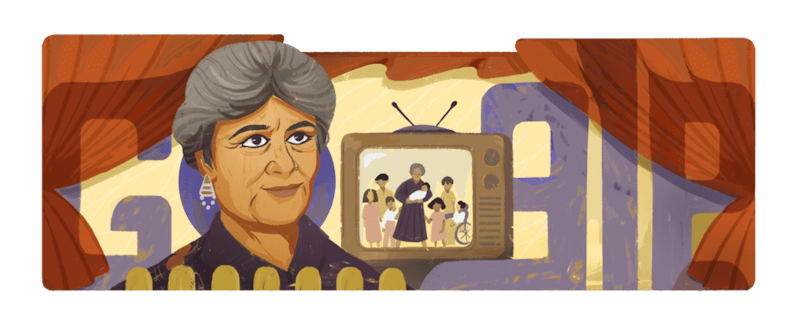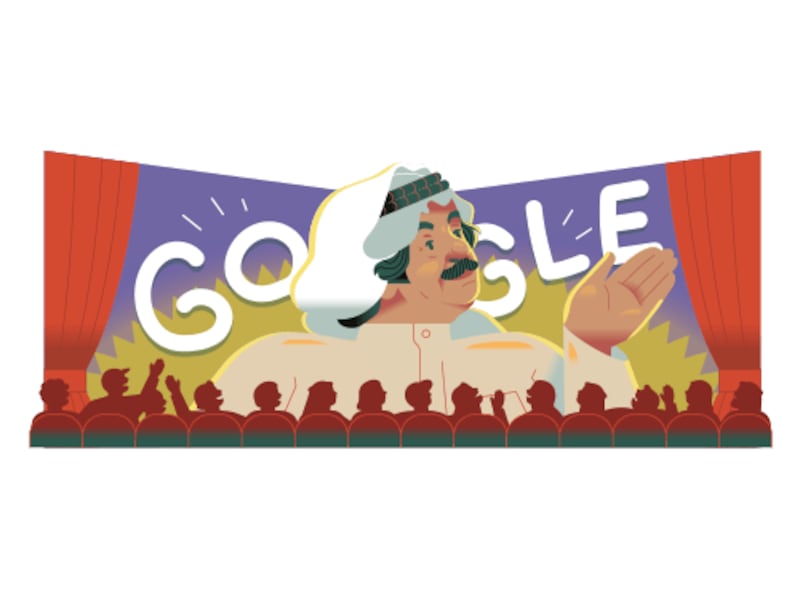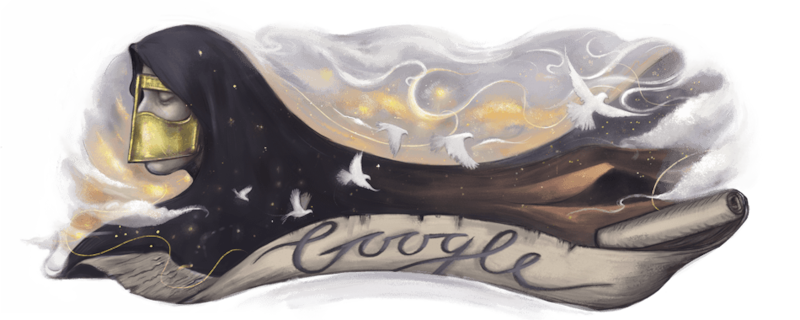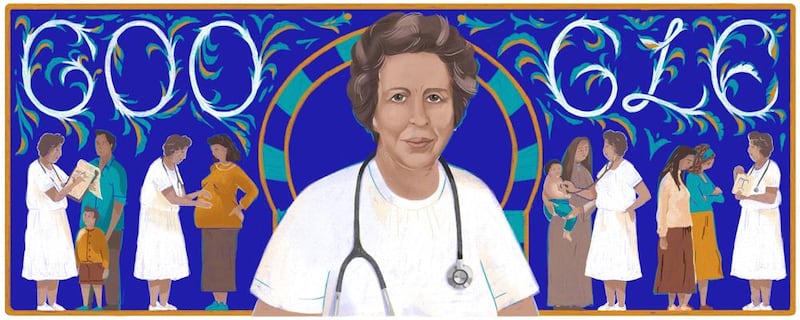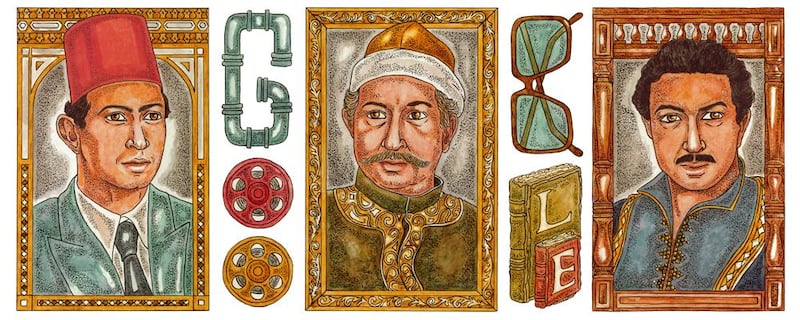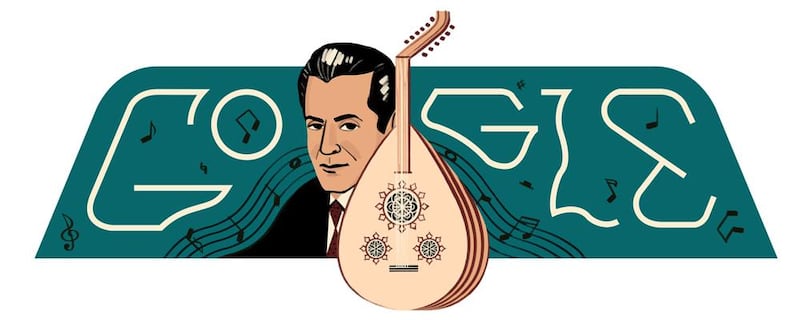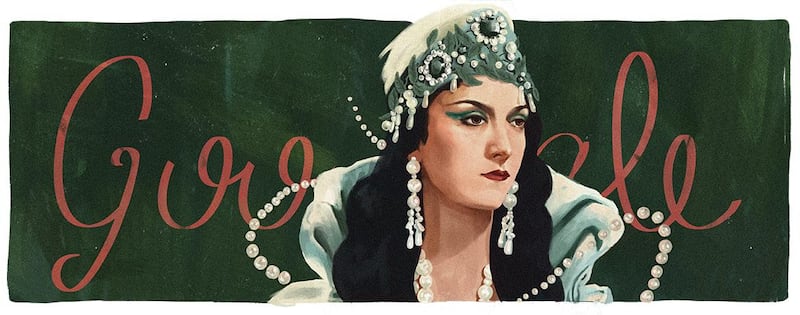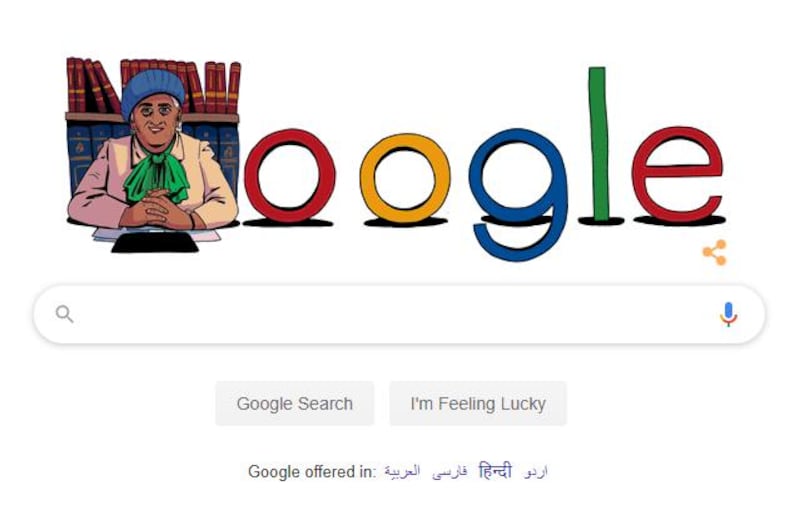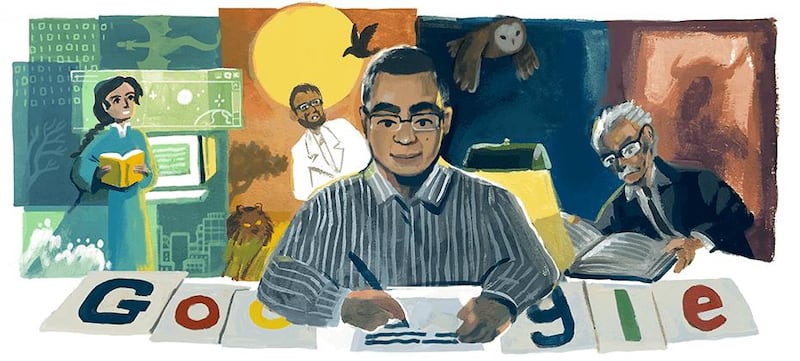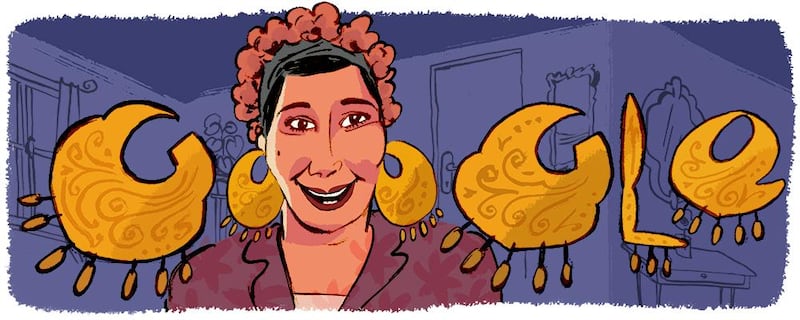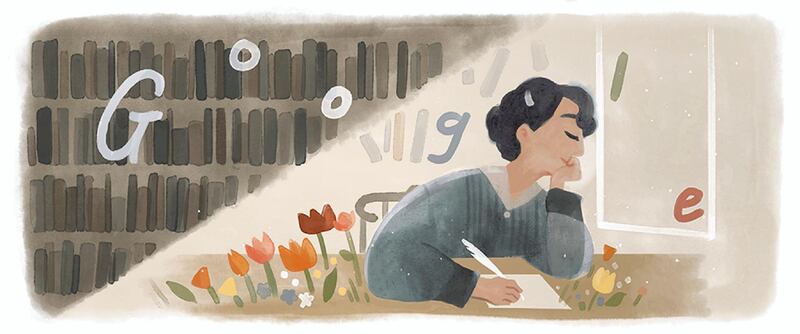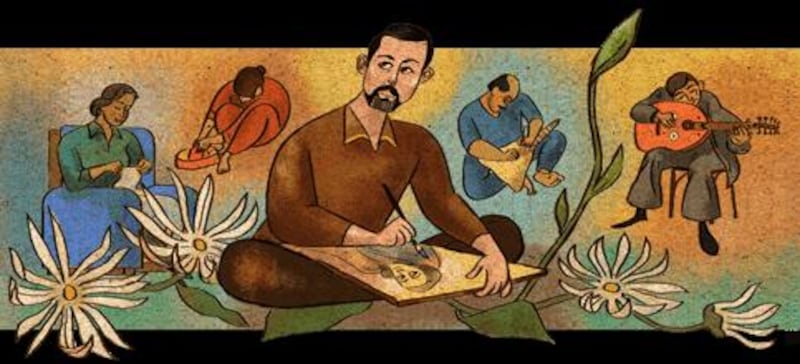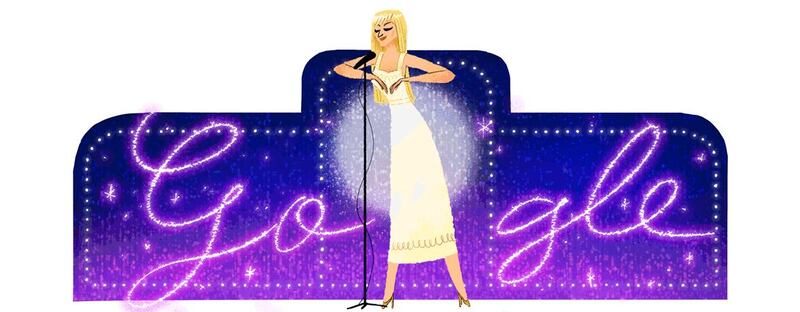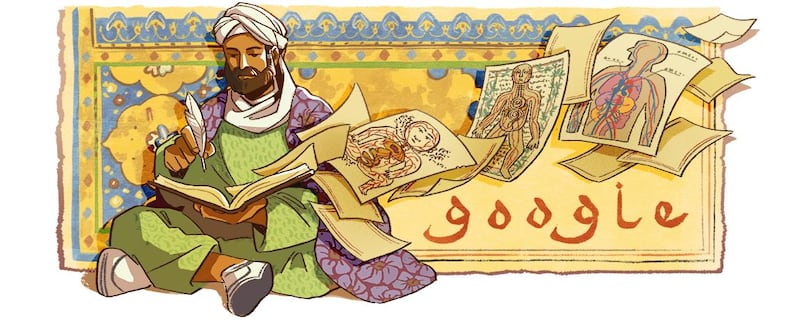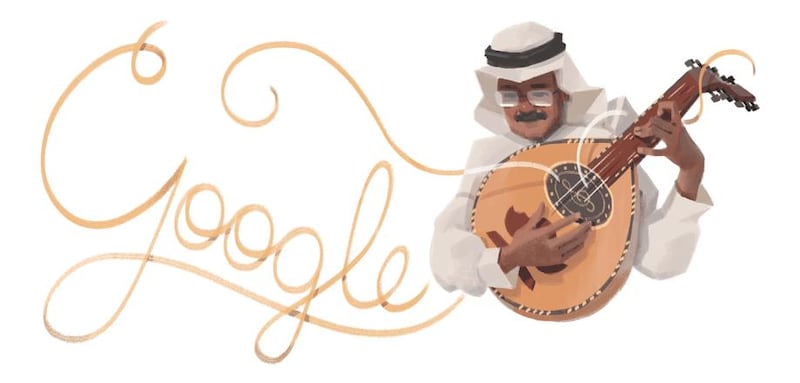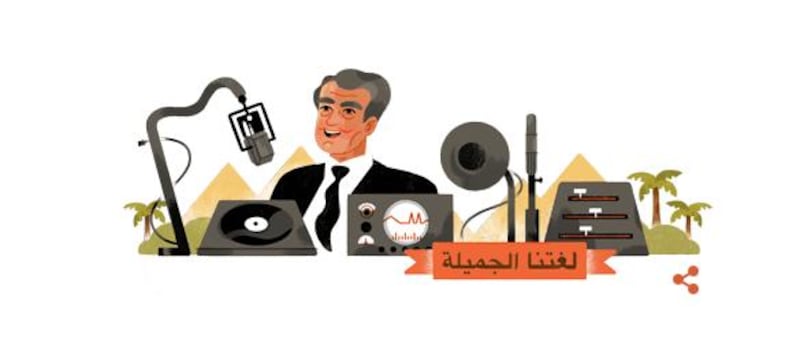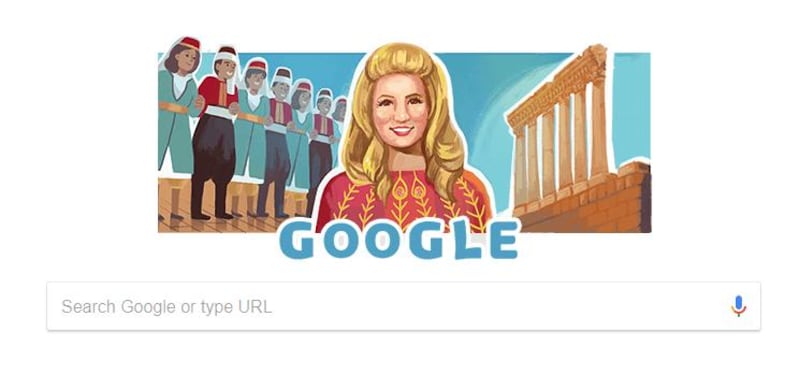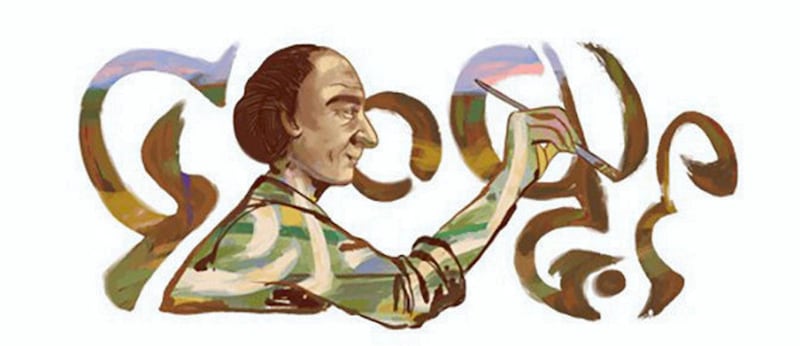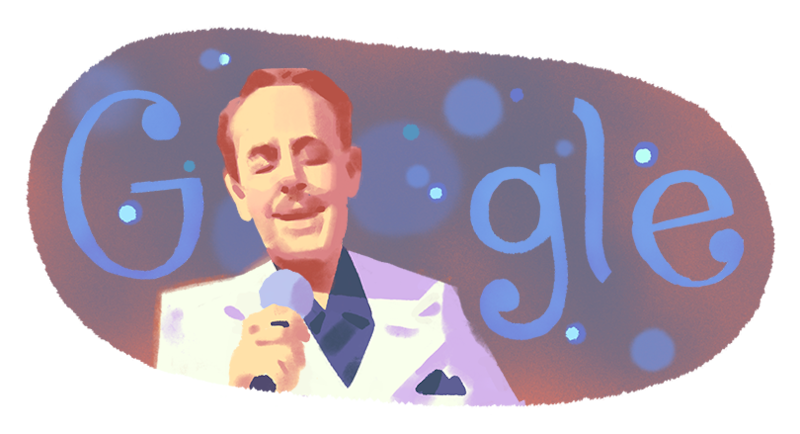Google Doodle is celebrating the pre-historic Ain Ghazal statues first discovered in Jordan.
Saturday's graphic is inspired by the 9,000-year-old artefacts, considered some of the earliest large-scale representations of the human form. There are 15 statues and 15 busts made from lime plaster and reed statutes.
They were discovered on September 30, 1983; a second group were found in 1985 at Ain Ghazal, a Neolithic site in Jordan.
The figures are of two types: full statues and busts. Some of the busts are two-headed. They represent men, women and children with intricate human features such as almond-shaped eyes, noses, legs and toes. Although they are taller than figurines, they are not human-sized with the tallest statue almost one metre high and 10cm wide.
The statues are part of the collection of the Jordan Museum in Amman. Some are on display at the Amman Citadel's Jordan Archaeological Museum, while some have been loaned to other museums.
There’s one statue in the Louvre Museum in Paris, parts of three other statues can be found at the British Museum in London, and one of the figures with two heads is on show in Louvre Abu Dhabi.
The illustrations are visible on the search engine's sites in the UAE, Saudi Arabia, Oman, Jordan, Iraq, Lebanon, Egypt, Libya, Tunisia, Algeria, Morocco and Ireland.
What are Google Doodles?
Google Doodles feature sporadically throughout the year, transforming Google's traditional logo into an animation to pay tribute to an important figure or moment in history.
The doodles can also mark seasonal or celebratory events, such as International Women's Day, for example.


